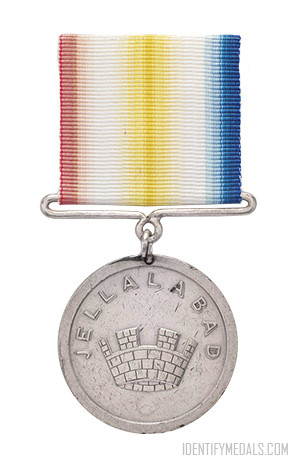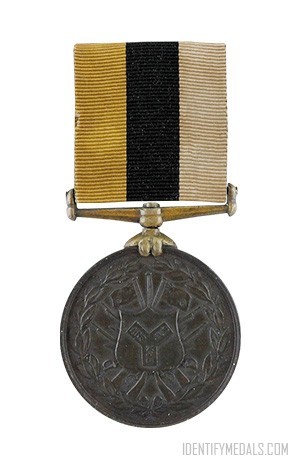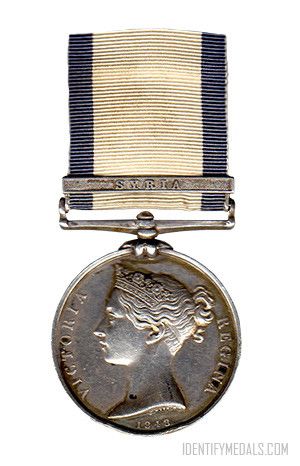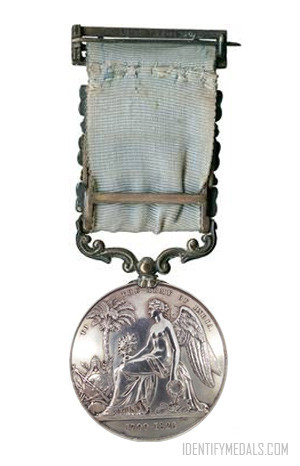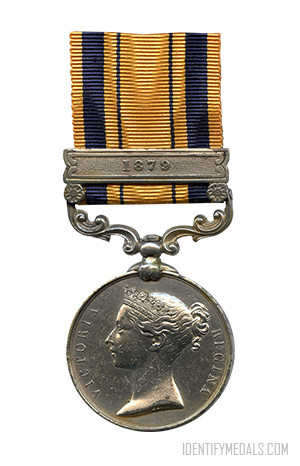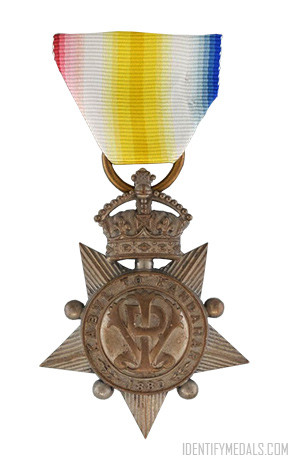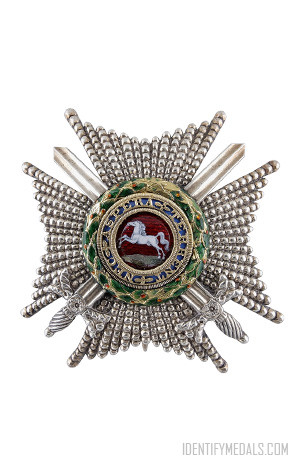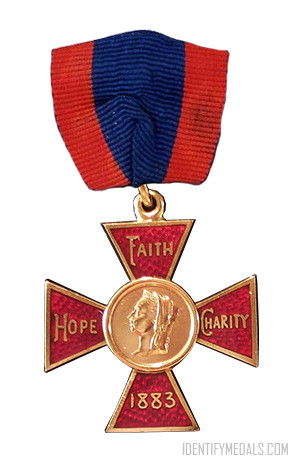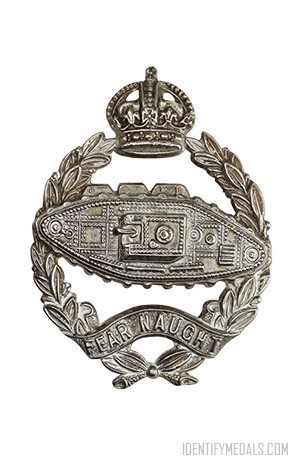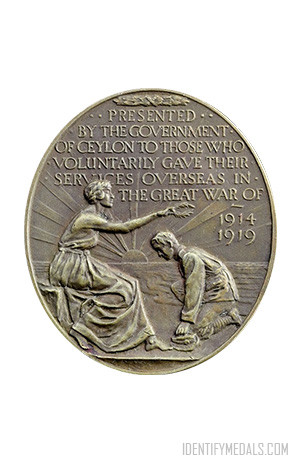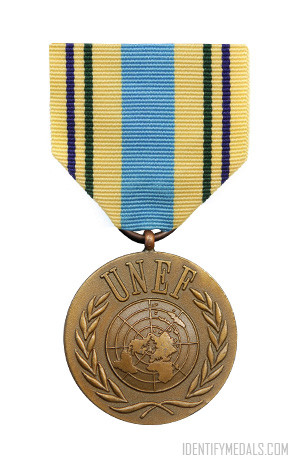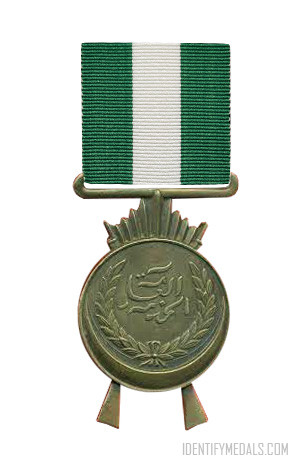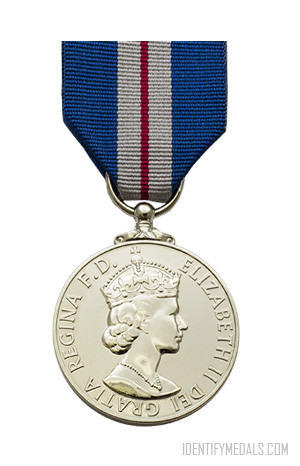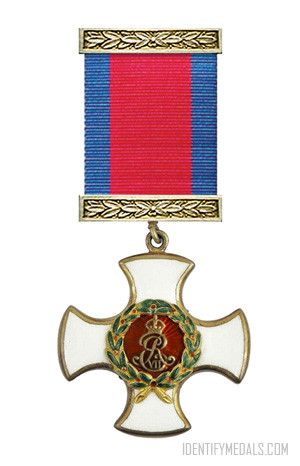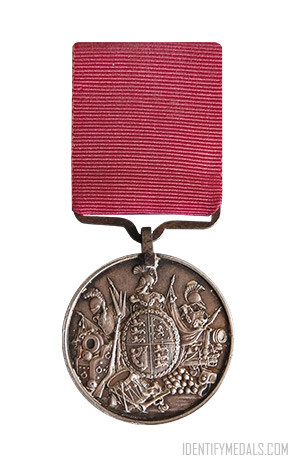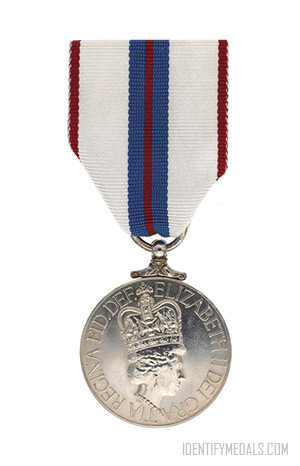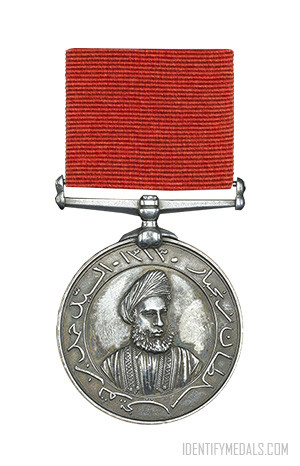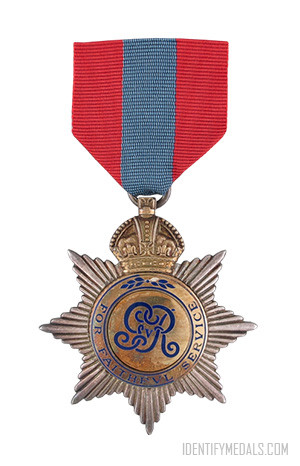- Time Period: Pre-WW1
- Year of Institution: 30 April 1842
- Country: Great Britain
The Jellalabad Medal is a campaign medal awarded for the defence of Jalalabad from 12 November 1841 to 7 April 1842 and issued by the British East India Company and established by George Eden, the Governor-General of India, on 30 April 1842.
The medal was awarded during the First Afghan War to the troops under the command of Sir Robert Sale. About 2,600 soldiers had taken part, including the 13th Foot, the 35th Bengal Native Infantry and detachments from other Indian Army units and some loyal Afghan forces.
The Jellalabad Medal Design
Two different versions of the Jellalabad Medal were awarded. The original medal was struck in silver and produced by the Calcutta Mint. It measured 39 millimeters (1.5 in) in diameter.
The obverse depicts a mural crown with the word ‘JELLALABAD’ above. The reverse shows the date ‘VII APRIL 1842‘ over three lines. The suspension is a straight steel suspender attached to the medal by way of a steel clip.
This version was considered inartistic and insufficient to issue to next of kin of those who had died during the campaign. The East India Company therefore decided to strike a further issue of a new design.
The second version of the medal was struck in silver and designed by William Wyon and produced by the Royal Mint in London. It measured 36 millimeters (1.4 in) in diameter.
The obverse depicts the diademed head Queen Victoria facing left with the inscription ‘VICTORIA VINDEX’ (PROTECTOR). The reverse shows a winged figure of Victory flying over the fortress at Jellalabad. Above is the inscription ‘JELLALABAD VII APRIL’ with below the year ‘MDCCCXLII’. The suspension is a straight suspender attached to the medal by way of a steel clip.

